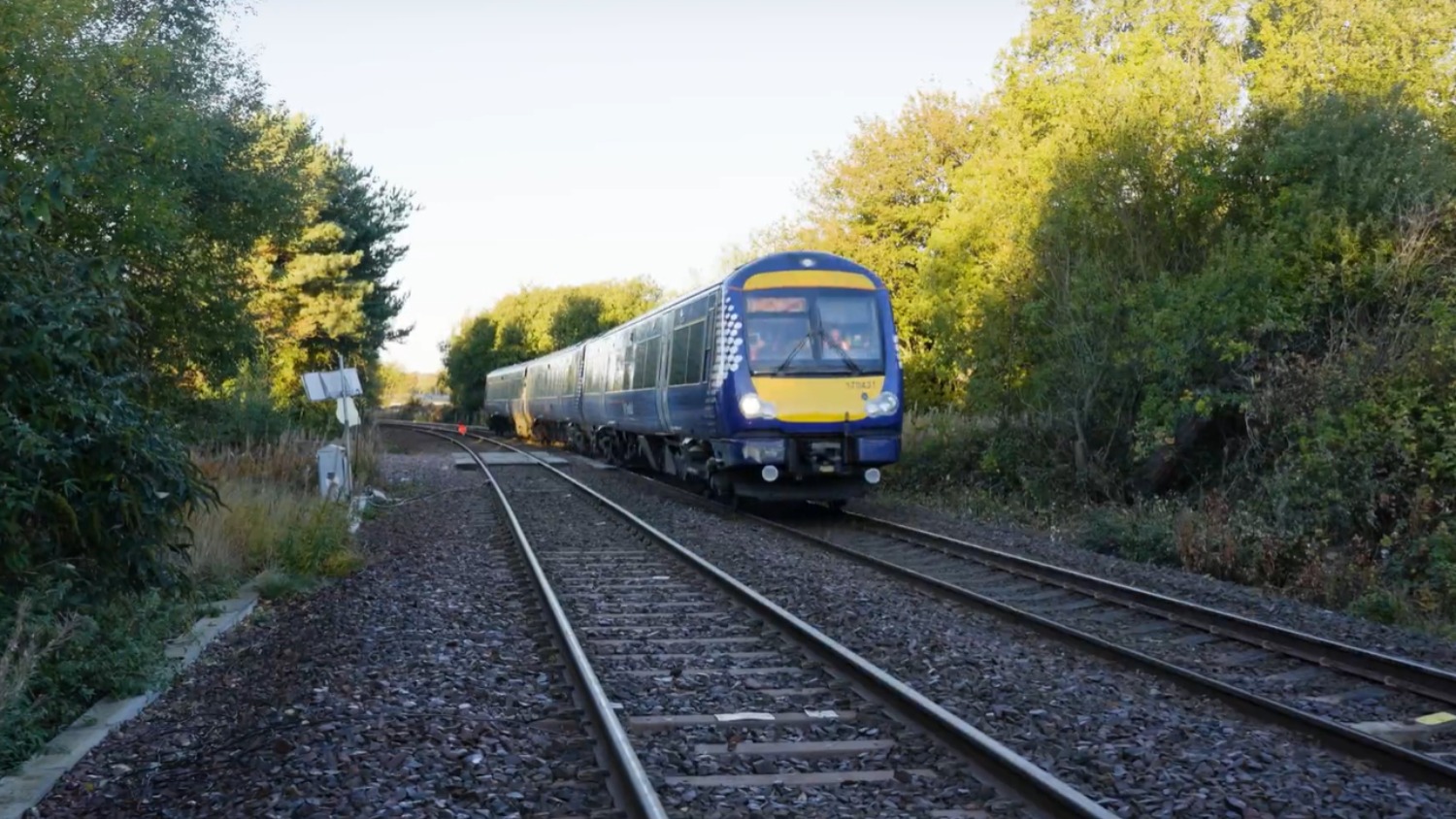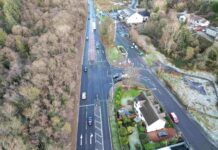
SCOTLAND’S Railway is investing £7.7 million to upgrade braking systems on more than 70 ScotRail trains to improve safety and performance during the autumn season.
Leaves on tracks is the railway’s equivalent of black ice on the road, with it creating a thin, slippery layer that can make it harder for trains to accelerate and brake – leading to longer journey times and service disruption.
To help tackle this, a system to improve adhesion – known as double variable rate sanding (DVRS) – is being fitted to ScotRail’s Class 170 fleet, with single variable rate sanding (SVRS) on its Class 158 fleet.
Each system automatically adjusts the amount of sand applied between the wheels and the rail according to the train’s speed, improving grip and reducing stopping distances in slippery conditions.
DVRS was successfully trialled on a Class 170 near Inverness in July, then again in Edinburgh earlier this month in a direct comparison trial between a DVRS fitted Class 170 and a non-DVRS fitted Class 170.
The trial showed measurable improvements in braking performance under low-adhesion conditions, which will help trains run more smoothly and on time through the autumn and winter months, helping give customers greater confidence in the reliability of their journey.
Kristian Peacock, interim head of performance at Network Rail Scotland, said, “This trial is a great example of what we can achieve by working together across the rail industry to solve joint problems.
“During autumn, there are unique challenges for performance and we always like to try new things to reduce the impact on train services. The data so far from our DVRS system is really encouraging. It’s a simple solution that should make a real difference.
“We are excited to see what the future of managing seasonal issues like leaf fall will look like, and I’m confident that DVRS tech will play a part in that.”











